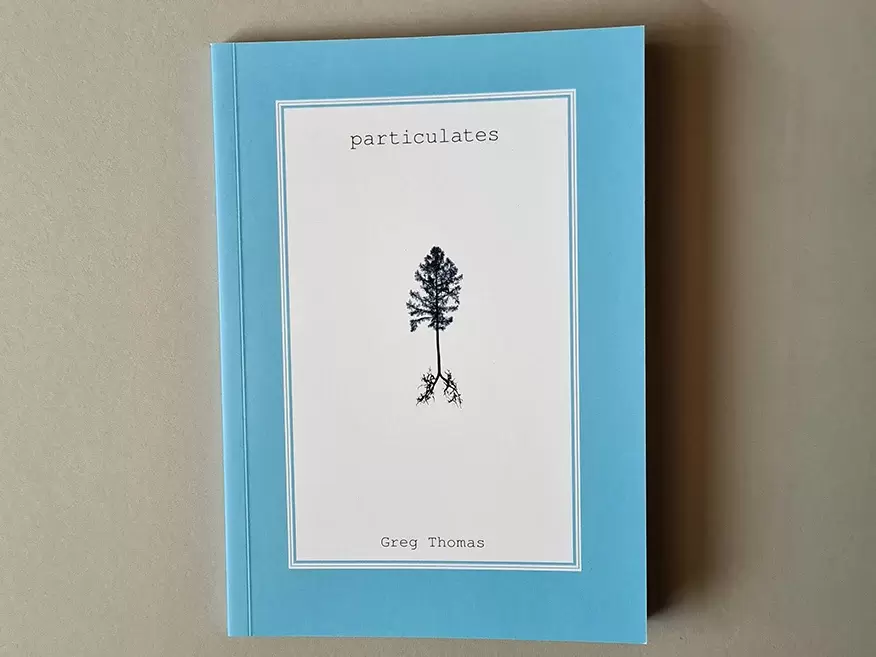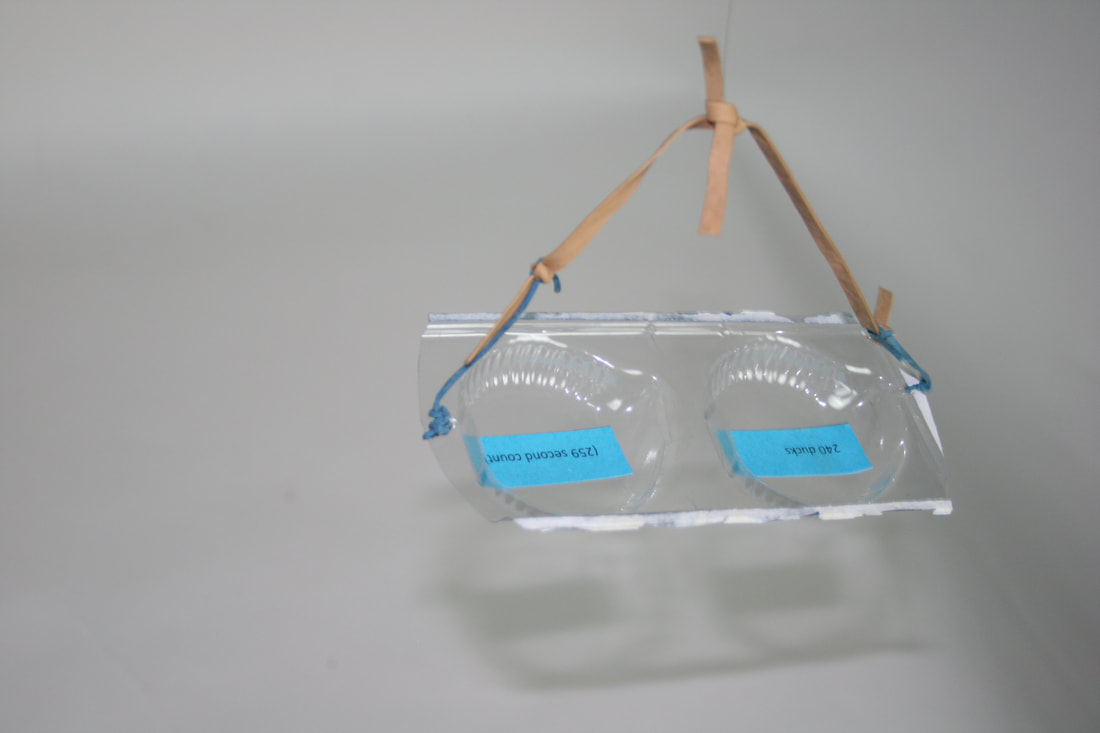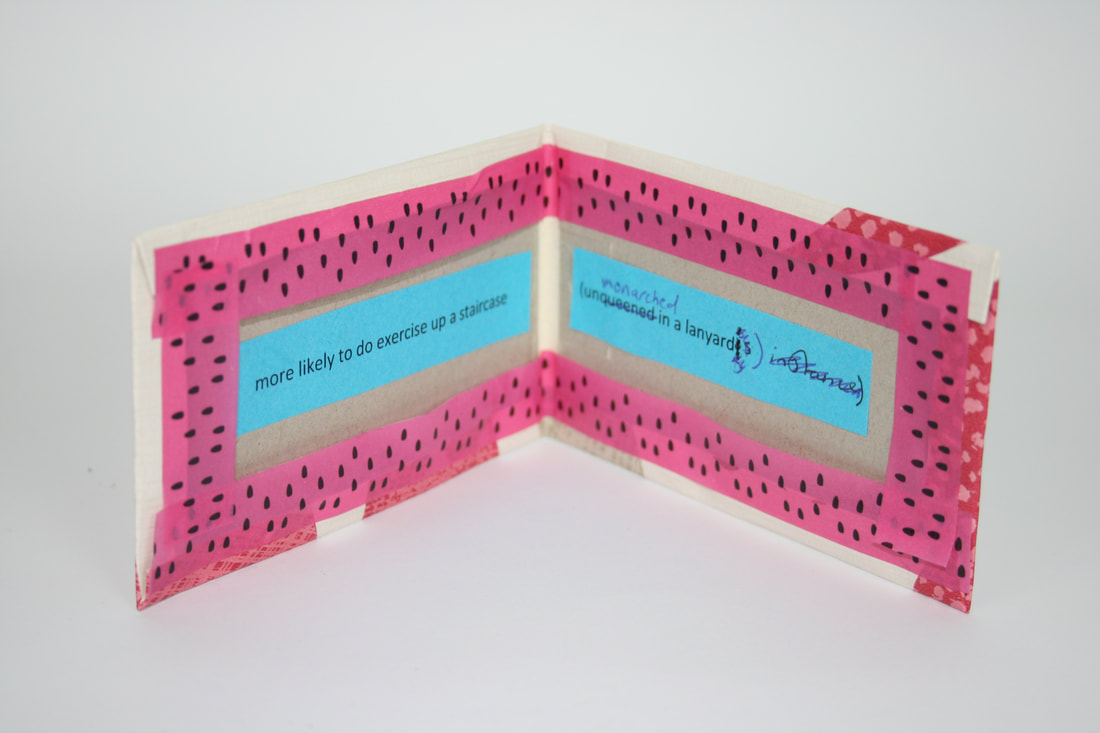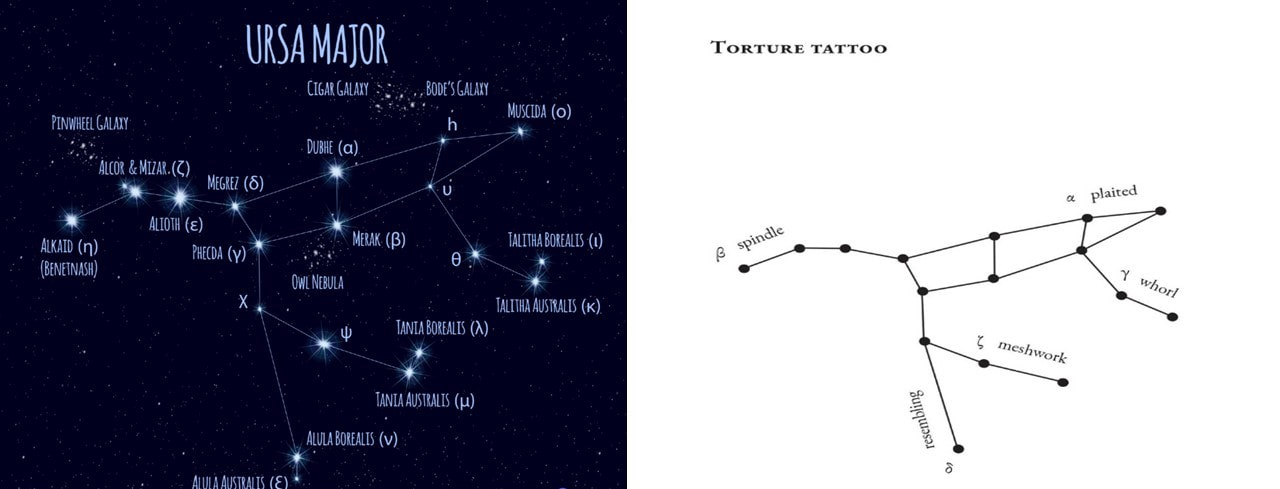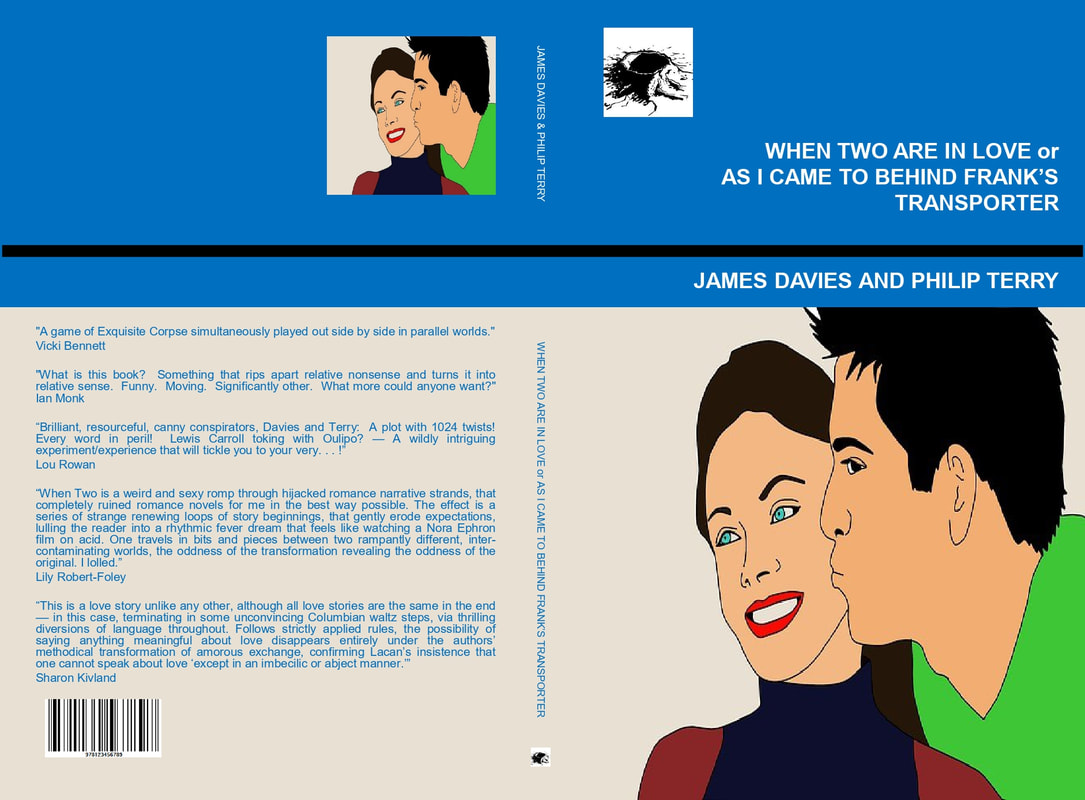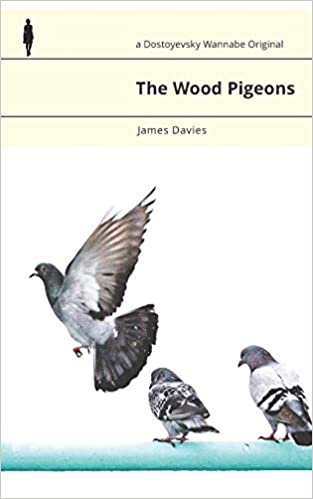|
Will be reading at the ever brilliant series Xing the Line, June 9th, 6 pm at The Hoxton Cabin with James Coghill, Fran Lock and Nicol Parkinson.
Compleet details on the Facebook page - https://www.facebook.com/events/266542529816471?ref=newsfeed More verbulence from the basement with hosts Iris Colomb & Jeff Hilson. Doors open at 6pm for a 7pm start. £5 waged, £3 unwaged. James Coghill Following the quiet release of his first pamphlet ‘Anteater’ in 2018, James Coghill has been published in a number of places including Blackbox Manifold, Datableed, Pamenar, Shearsman, Tentacular and The Hythe, as well as in a number of anthologies from Sidekick Books. His preoccupations include flora, fungi, and fauna, as well as medieval and renaissance literature. He is currently working on a pamphlet about the Brecklands area of East Anglia and another about various species of fungi. He is largely happy to be out of hibernation again. James Davies James Davies is the author of a number of poetry collections, most recently ‘stack’ and ‘it is like toys but also like video taped in a mall’. ‘stack’ is a set of 900+ single-line poems, which document alternative walking practice and can be combined together variously to make longer poems. ‘it is like toys but also like video taped in a mall’ is a selection of 201 poems that come in pairs of minimalist lines, many of which have been made into artists’ books or poetry sculptures, which explore beauty and horror. He is also the author of a few short stories and novels including the Oulipian psychedelic romantic comedy ‘When Two Are In Love’ or ‘As I Came To Behind Frank’s Transporter’, written in collaboration with Philip Terry. For a number of years he was one of the co-organisers of The Other Room reading series in Manchester and has edited his experimental poetry press ‘if p then q’ since 2008. Fran Lock Fran Lock is the author of thirteen poetry collections, most recently ‘Hyena!’ (Poetry Bus Press, 2023), inexplicably shortlisted for the T.S. Eliot Prize 2023, and 'a disgusting lie: further adventures through the neoliberal hell-mouth’ (Pamenar Press, 2023). Fran was the Judith E. Wilson Poetry Fellow at Cambridge University (2022-23). ‘Vulgar Errors/ Feral Subjects’, a collection of essays based on her work at Cambridge, was published by Out-Spoken Press last year. Fran is a Commissioning Editor at the radical arts and culture cooperative Culture Matters; she edits the Soul Food column for Communist Review. She lives between Cambridgeshire and Kent. She hates the Tories. Nicol Parkinson Nicol Parkinson is an artist and researcher working with sound in the fields of music, live art and performance seeking out the connections and confusions between these forms. They are slowly building a vocabulary of material approaches, both visible and obscured, embracing flexibility of form, in an effort to avoid settled definition.
0 Comments
Cute on the page, not quite palindrome, not quite mirror image, it’s one of many fantastic language games that run through the two collections.
Read more HERE a standout moment as a writer was reading Salvador Dali’s poem Dandled Brochure and other poems by Surrealists in the Surrealist Manifesto
Thanks to Thomas Whyte. You can read the full interview HERE it is like toys but also like video taped in a mall reviewed by Steve Spence at Litter Magazine1/8/2023 it is like toys but also like video taped in a mall reviewed by Billy Mills at Elliptical Movements12/2/2022 A number of words recur: rocks, beach/sea, box, tub, plums (and lots of other foodstuffs), many of which are ‘traditional’ haiku elements. They are often integrated into the sound patterns of Davies’ verbal music, on and across pages
See more of Billy's review HERE Out now from Pamenar press. Started around 2017 and finished in 2021 it is like toys but also like video taped in a mall consists of 201 minimalist poems that come in pairs of lines. The lines play against each other – there’s a push and pull between bliss and bathos creating a magical fuzziness. Individual lines slip in and out of single and specific meaning, like Necker cubes and duck-rabbits; bisociation is constructed by the rub of plurals against possessives, and the distortion of verbs and articles. I've made many of the poems into one-off book objects (see below), and a list of influences on the poems features at the end of the collection and gives an indication of potential themes. Here's what others have to say -
‘The poems in this book share something with the tiny artworks and suggestions for performances which Robert Filliou exhibited some years ago on his head in a paper hat-cum-gallery. It’s a playful DIY sort of something engaged in ‘daily research into everything’ and full of possibilities: ‘first ideas for box for cupboard / (how a new spoon when)’. With Filliou (and Yoko Ono) there’s often a whiff of Zen and it’s here in Davies’ work too: ‘(because no matter how protective a grapefruit husk / you come back down the mountain)’. As in the final picture of the Zen Oxherder series, Davies comes back down and enters the city and the marketplace with a broad smile on his face: ‘two gins later / (a swede turned up)’. He has said in interview that he writes in ‘an extreme state of bliss’ and the invitation, as with Gertrude Stein’s ‘if you enjoy it you understand it’, is to read him that way.’ Jeremy Over 'James Davies’ multi-layered minimalist poems create a textual city of motels, traffic, golf courses, and beachscapes through which we, the readers, are invited to wander. Here, filmic textual fragments are cleverly paired with bracketed context to produce an echo of twists & turns. Davies’ poems span time and space, giving a depth and liveliness that stir the senses!' Astra Papachristodoulou This is a complete book, which is to say that every element has been fully considered and carried out: the book and page design and the concept and content of the poems. Beautifully produced by Guillemot, it is a hardback production sans dustjacket. Colour: dark, outer space blue. Embossed in silver, the Pegasus constellation stands in front of the rest of the night sky; using a kind of metallic glitter, stars are dappled onto the dark blue, twinkling in and out of sight.
Read more HERE Mine and Philip Terry's collaborative novel When Two Are In Love or As I Came To Behind Frank's Transporter came out in 2019 from Crater Press. It's bonkers in plot and perhaps Oulipian in method. Below I give a little outline of how it was composed. You can get the book here (just scroll down to Crater 57) - www.craterpress.co.uk/ The whole novel was composed over email for about 2-3 years (and then 2 years editing). During this time we met and discussed the project casually, performing it on about five occasions.
There is a base story, which is 32 paragraphs, each with 32 words. 32 words is an arbitrary number; it’s the amount of words that were in the first paragraph that I sent to Phil as an example. The base story runs along the top of each chapter, is in italics and is a smoochy, banal romance. From each base paragraph we took turns to change a word at a time until all of the original words had become alternative words. We had to keep grammatical sense (but occasionally we broke this rule or added punctuation). My original idea was to change the original words but essentially keeping the same story and tone going by replacing with synonyms (we did this in chapter 26). But right from the off Phil put in lots of surreal and trippy changes, which was a lot of fun, and makes for a massive weave of narrative. I went with that. Sometimes one of us would have to make a ‘boring change’ like changing ‘the’ to ‘a’ in order for grammatical sense to remain. Because of these ‘wasted’ turns the other writer would sneak in. And then a change that one of us had planned for a few moves in the future would suddenly no longer be possible. An example of this is in chapter 27 where I changed ‘back’ for ‘sang’, gearing myself up in the next go to change the phrase ‘sang through rain’ into ‘sang Purple Rain’ but then Phil took ‘through’ and turned it into ‘sang Hard Rain’. We never really talked about exactly how our individual directions were ‘thwarted’ as it would have spoiled the writing of the novel. In any case the ‘disappointment’ of changes that were no longer possible were far outweighed by the new unexpected changes that the other person had made, forcing both of us to write about things we’d never expected to. Some chapters accidentally were genre based. For example, Chapter 1 (at least for me) was like Pierrot Le Fou, a film by Jean Luc Goddard. Others were deliberately written in a particular genre. Chapter 5 is written as bad sci-fi and Chapter 21 is written in the style of Phil’s translation of Dante’s Inferno. We were both conscious to repeat tropes and characters in chapters. Wolf and Petra, both invented by Phil, make frequent appearances and are the main protagonists. Advance notice of a reading I'll be doing as part of the fringe festival at English Shared Futures.
Takes place: Friday 8th July 8:00pm – 10:00pm | THE SALUTATION 12 Higher Chatham Street Manchester, M15 6ED Features: James Davies, Maria Sledmere, Emma Bolland, Kate Feld, Marie Crook, Adam Farrer LINK - www.englishsharedfutures.co.uk/fringe-events/ Along with many other really interesting poems by others I have a poem in a new anthology exploring the work of Aphex Twin. My poem Drbkqs Rlmpxld (L+7) is a remix of Aphex Twin’s album Drukqs.
It was a poem that allowed me to carry out a method I’ve been wanting to apply for years now but have never found the right context for. So thank you to the editors - Rishi Dastidar & Aaron Kent - for the direction! Taking the track titles from the Aphex Twin double-album Drukqs (many of which look like unreadable computer code) I applied an L+7 on certain letters in a systematic way. That is to say I moved each letter forward 7 in the alphabet, e.g. A becomes H. On the majority of the Aphex Twin track titles I changed the consonants only, following the procedure, and leaving his vowels. When there were numbers in track titles I changed just the vowels and moved the number forward 7; the remix tracks where numbers appear end up having no vowels in them at all (there are a couple of errors in the poem, it's a hell of a thing to edit). Interestingly, using L+7 emulates methods that Aphex Twin uses to generate track titles; like on I Care Because You Do where some of the songs are anagrams of his name. As far as I’m aware this is the first time an L+7 has been carried on any text. A couple of examples of the remixes: Consonant switch - Jynweythek Ylow becomes Qfudefaoer Fsod And Vowel and number switch - Omgyjya-Switch7 becomes Vmgyjyh-Swptch14 You’ve got so many machines, Richard: an anthology of Aphex Twin poetry is out now from Broken Sleep books https://www.brokensleepbooks.com/product-page/you-ve-got-so-many-machines-richard-an-anthology-of-aphex-twin-poetry |
Archives
January 2023
|

